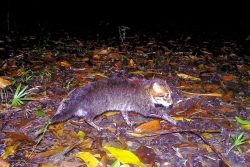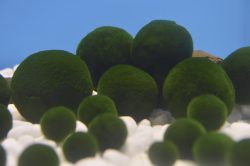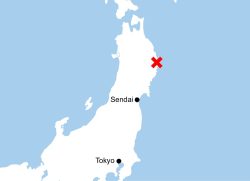Japan To Extend Emissions Reduction Trading Projects To Agricultural Sector; Will Offer Intermittent Irrigation Method to Philippines, Vietnam
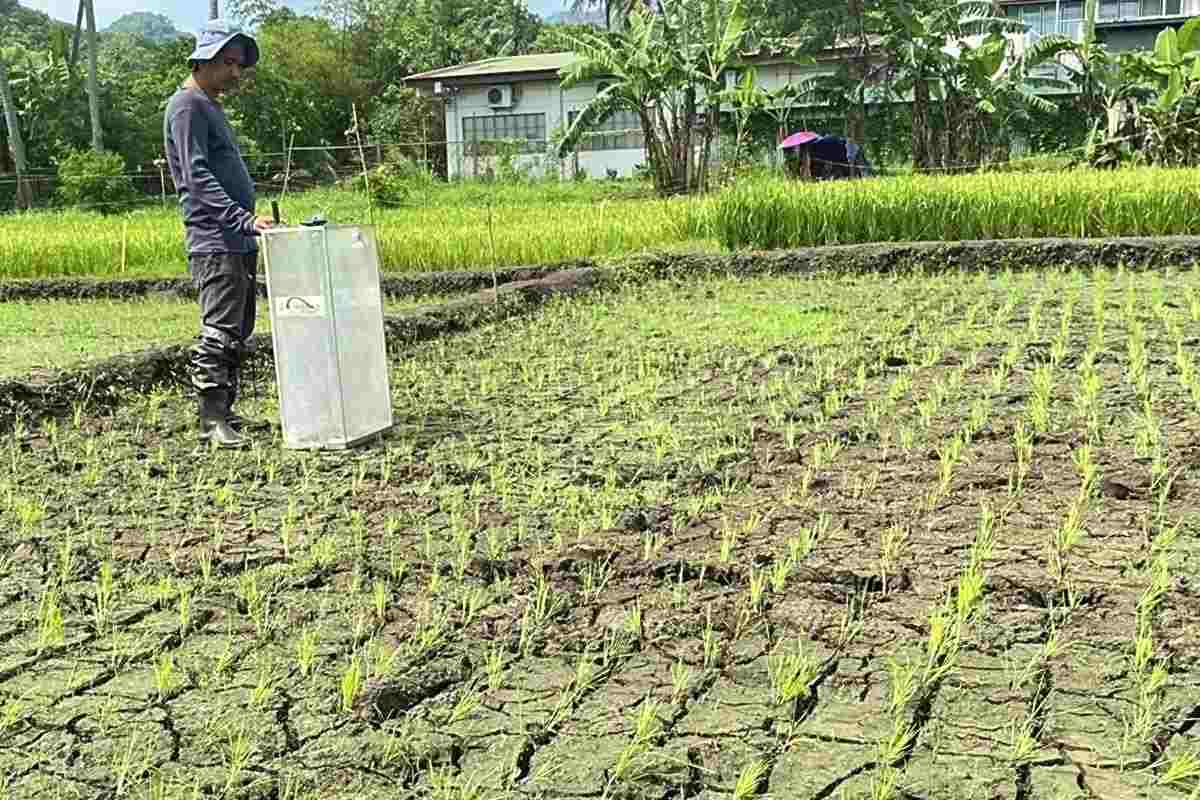
A rice paddy sits dry after water was removed to suppress methane gas emissions, in the Philippines in April last year.
1:00 JST, June 28, 2024
This summer, the government intends to launch the first agricultural-sector emission trading project under its bilateral trading mechanism. The project will see Japan providing the Philippines and Vietnam with technology to reduce greenhouse gas emissions, in exchange for credits for the emissions that are cut.
The envisaged project will be the world’s first such bilateral trade scheme in the agricultural area. It is meant to reduce methane gas emissions, which contribute strongly to the greenhouse effect, while encouraging Japanese companies to expand their overseas operations and take the lead in the market for agricultural decarbonization.
The project will be conducted via the Joint Crediting Mechanism that was introduced by Japan in 2013. In this mechanism, some greenhouse gas emission reductions achieved through the sharing of technology are added to Japan’s share and issued as “credits.” So far, Japan has signed JCM partnerships with 29 countries, including the Philippines and Vietnam. So far, most of the transactions performed through this mechanism have been in the energy sector, and none have been agricultural.
According to the Agriculture, Forestry and Fisheries Ministry, Japanese companies such as major agricultural machinery maker Kubota Corp. are expected to participate in the project. In it, Japan will provide the Philippines and Vietnam with the intermittent method of irrigation, which involves repeatedly flooding and drying rice paddies and then receive part of achieved emission cuts as credits. The credits will be sold to domestic and foreign companies that are involved in decarbonization efforts. Part of the proceeds from the sales of the credits will be returned to local farmers.
Rice paddies are responsible for 48% of the world’s greenhouse gas emissions from agricultural land. Of those greenhouse gases, 94% is methane, which traps 25 times as much atmospheric heat as carbon dioxide. In Asia, which accounts for 90% of global rice production, reducing methane from paddies is a major ongoing challenge.
Intermittent irrigation is a method of drying rice paddies by frequently removing water while rice plants are growing. This method is designed to suppress the activity of methane-producing bacteria in the soil, thereby reducing the amount of methane gas emitted. In an experiment in Vietnamese paddies, emissions per unit area were reduced by about 40% and rice production increased by about 20%.
The government and other entities estimate that the annual amount of greenhouse gas emissions that can be saved in rice paddies will total about 3.2 million tons in the Philippines, and 14 million tons in Vietnam. The market value of the combined credits is estimated at about ¥20 billion.
The government aims to reduce greenhouse gases to 46% below the fiscal 2013 level by fiscal 2030, and to achieve carbon neutrality — a state in which greenhouse gas emissions have been reduced to virtually zero — by 2050. Toward those goals, it intends to expand bilateral trading in the agricultural sector to more Asian countries.
Another major agricultural source of methane is cattle burps, which cause four times as much emissions globally as rice paddies. In Japan, active research is ongoing to find ways to reduce methane emissions from these burps as well. Such technology is also expected to be shared with other countries through the JCM.
"Science & Nature" POPULAR ARTICLE
-
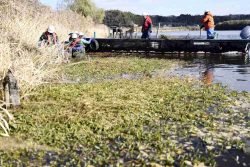
‘Fiercest, Most Damaging Invasive Weed’ Spreading in Rivers, Lakes in Japan, Alligator Weed Found in Numerous Locations
-

Japan Set to Participate in EU’s R&D Framework, Aims to Boost Cooperation in Tech, Energy
-

Tsunami Can Travel Vast Distances Before Striking, Warn Japanese Researchers
-
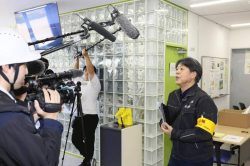
Japan’s H3 Rocket Failed in Latest Launch, Says Official
-

Univ. in Japan, Tokyo-Based Startup to Develop Satellite for Disaster Prevention Measures, Bears
JN ACCESS RANKING
-

As Chinese Tourists Shun Japan, Hotels and Stores Suffer
-

Osaka-Kansai Expo’s Economic Impact Estimated at ¥3.6 Trillion, Takes Actual Visitor Numbers into Account
-

Japan Govt Adopts Measures to Curb Mega Solar Power Plant Projects Amid Environmental Concerns
-

BOJ Gov. Ueda: Highly Likely Mechanism for Rising Wages, Prices Will Be Maintained
-

Economic Security Panels Debate Supply Chains, Rare Earths; Participants Emphasize Importance of Cooperation Among Allies


